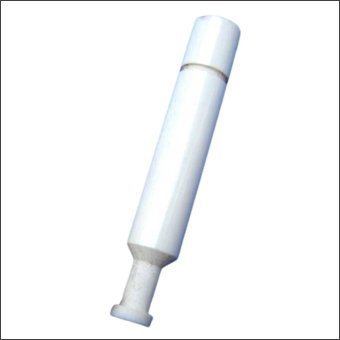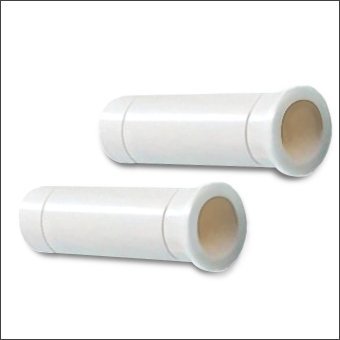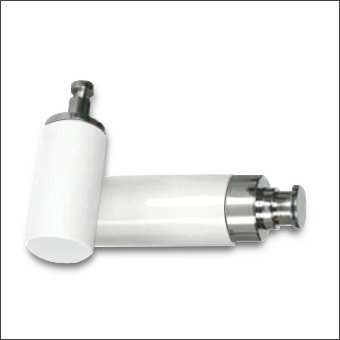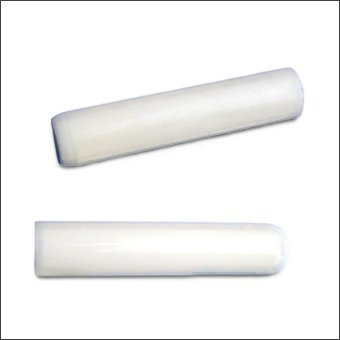Technical SPECs
Ceramic plungers have some common technical parameters as follows:
- Material: Yttria-stabilized zirconia (YSZ), 99% alumina, or silicon nitride (Si₃N₄).
- Dimensional Tolerance: Tolerance as tight as ±0.01 mm for critical applications such as fuel injection systems and medical dosing pumps.
- Surface Finish: Mirror-polished surfaces (Ra ≤0.1 µm) minimize friction and energy loss, optimizing efficiency in hydraulic and pneumatic systems.
- Custom Designs: Available in bespoke geometries (e.g., hexagonal shafts, grooved surfaces) to enhance packing density or fluid dynamics.
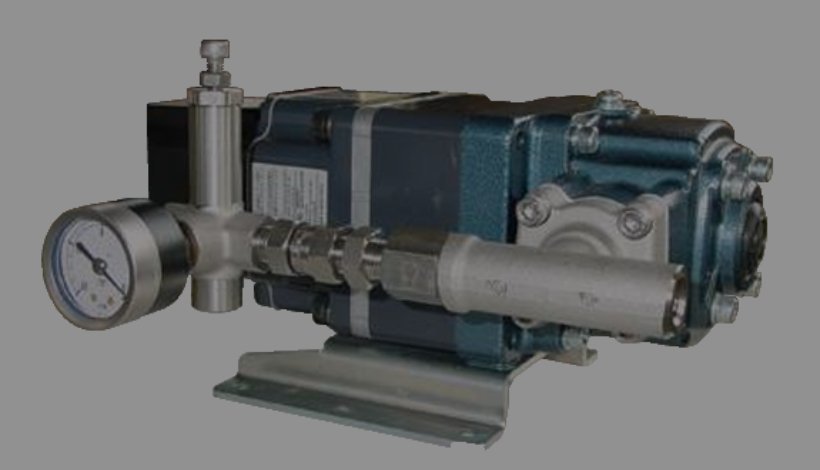
Precision Ceramic Plungers for Demanding Applications
Jinghui specializes in manufacturing high-performance ceramic plungers engineered for extreme industrial environments. The main industry-specific applications are as follows:
- Oil & Gas: High-pressure ceramic plungers (rated up to 500 MPa) for mud pumps and chemical injection systems, reducing downtime by 70% compared to metal alternatives.
- Medical Devices: FDA-compliant alumina plungers for syringe pumps, ensuring sterile and precise drug delivery.
- Semiconductor Manufacturing: Corrosion-resistant silicon nitride plungers for plasma etching chambers, extending tool lifespan by 50%.
Leveraging ISO 9001-certified production facilities and advanced CNC machining, we offer custom solutions tailored to specific pressure ratings (up to 500 MPa) and geometries.
Trusted by leaders in oil & gas, healthcare, and electronics, Jinghui combines cutting-edge material science with OEM expertise to deliver components that redefine durability and efficiency.
By Features
Our ceramic plunger products have many different styles. Here are some typical features of the products.
Characteristics of high strength, wear resistance, corrosion resistance, and good toughness.
Excellent resistance to saltwater and some chemical solutions. Applied in medical.
The metal head is fixed to the ceramic plunger body with special structure and adhesive.
Used in areas with high requirements for material purity, wear resistance and media cleanliness.
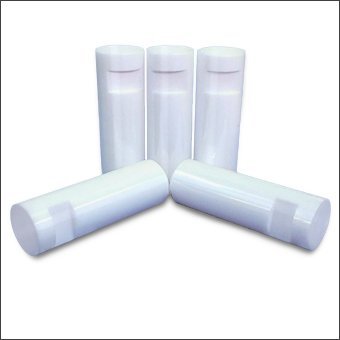
The groove design optimizes fluid control and has high wear and corrosion resistance.
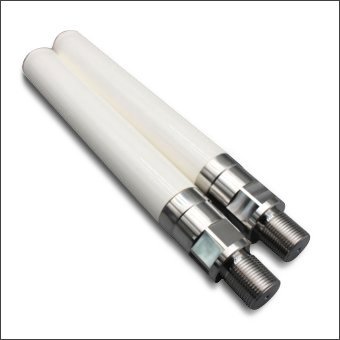
One end is threaded for assembling and screwing corresponding metal parts together.
Better overall performance in extreme working conditions (high stress, strong impact, etc.).
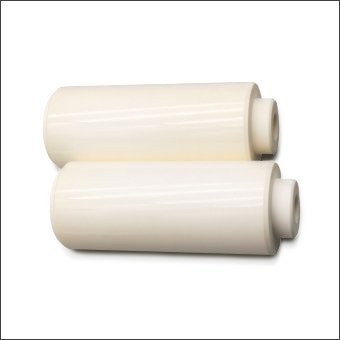
Good axial positioning and sealing. Suitable for scenarios requiring high reliability and long life.
Key Features
Our ceramic plunger products are mainly customized according to your needs. These products have many key features that meet the needs of different fields.
Non-reactive ceramics ensure product purity in food and pharmaceutical uses.
Reduced downtime and maintenance costs.
Resistant to acids, alkalis, and organic solvents, ideal for chemical processing and pharmaceutical applications.
Zirconia ceramic plungers achieve a Vickers hardness of 1,200–1,400 HV, reducing wear by 90% compared to stainless steel.
Withstand temperatures up to 1,400°C (2,552°F) without deformation.
Polished surfaces minimize energy loss in dynamic systems.
Rigorous quality control ensures compliance with global standards.
Utilizes CIP (Cold Isostatic Pressing), dry pressing and injection molding.
Ceramic Plunger Materials Composition
Ceramic plungers are crafted from high-purity alumina (Al₂O₃), yttria-stabilized zirconia (YSZ), or silicon nitride (Si₃N₄) to deliver unmatched durability and resistance to wear, corrosion, and thermal shock. For example, zirconia plungers achieve a Vickers hardness of 1,200–1,400 HV, outperforming stainless steel by 90% in abrasive environments113. These materials ensure zero contamination in sensitive applications like pharmaceuticals and semiconductor manufacturing.
Technical Data Table for Quick Reference
| Property | Alumina (Al₂O₃) | Zirconia (YSZ) | Silicon Nitride (Si₃N₄) |
|---|---|---|---|
| Hardness (HV) | 1,500–1,800 | 1,200–1,400 | 1,400–1,600 |
| Max. Operating Temp. | 1,600°C | 1,400°C | 1,200°C |
| Fracture Toughness | 3–4 MPa√m | 6–8 MPa√m | 6–7 MPa√m |
| Key Industry Use | Medical, Food | Oil & Gas, Automotive | Semiconductor, Aerospace |
Ceramic plungers excel in high-pressure environments due to their superior compressive strength (≥3,500 MPa for zirconia) and resistance to abrasive media. Unlike metal, ceramics do not deform under cyclic loading, ensuring consistent sealing performance in oil drilling pumps or hydraulic systems. For example, zirconia plungers in chemical injection pumps reduce leakage rates by 70% compared to stainless steel.
In medical applications like infusion pumps, ceramic plungers eliminate particulate generation and resist sterilization chemicals (e.g., autoclaving at 121°C). Their smooth surface (Ra ≤0.1 µm) prevents bacterial adhesion, critical for ISO 13485-compliant devices. A 2024 study showed alumina ceramic plungers reduced maintenance intervals by 50% in syringe pumps.
The following industries benefit the most from the application of ceramic plungers because they solve the bottleneck problems of traditional metal plungers in wear resistance, corrosion resistance and precision control.
1. Medical and pharmaceutical: high-precision liquid metering, aseptic filling equipment.
2. Chemical and petroleum: corrosive medium delivery pumps, oilfield water injection valves.
3. Semiconductor and electronics: CMP equipment, wafer cleaning pumps.
4. Food and beverage: beverage filling valves, food-grade lubrication pumps.
- Avoid impact during assembly—use alignment tools.
- Pair with compatible seals (e.g., PTFE or Viton) to prevent uneven stress.
- Follow torque specifications (typically 5–10 N·m) to avoid thread damage.




